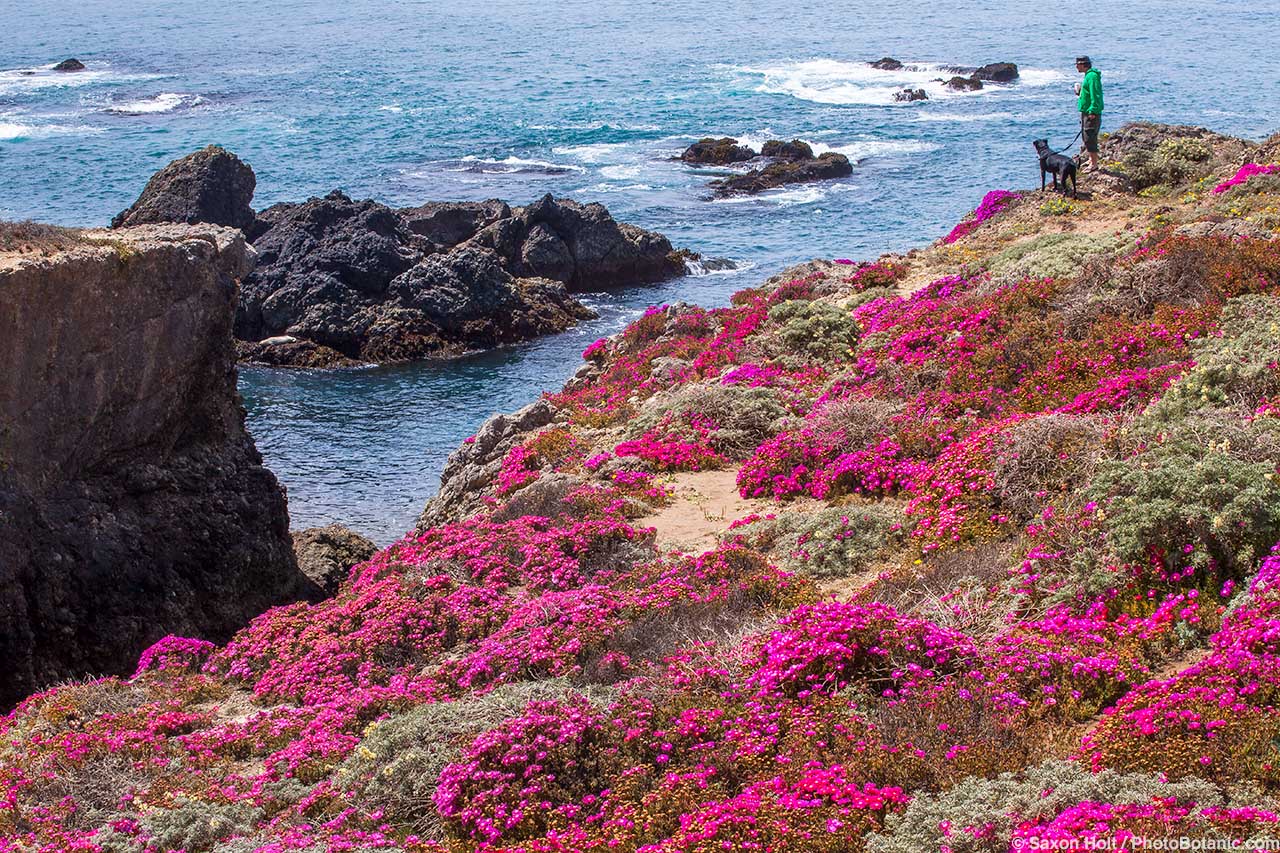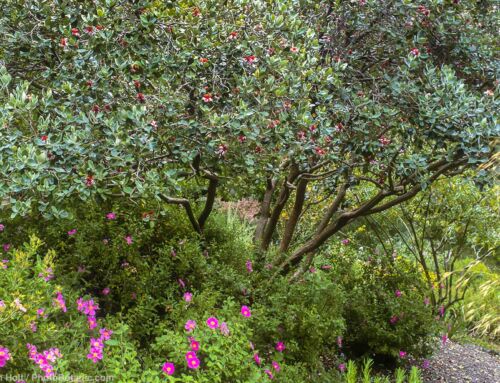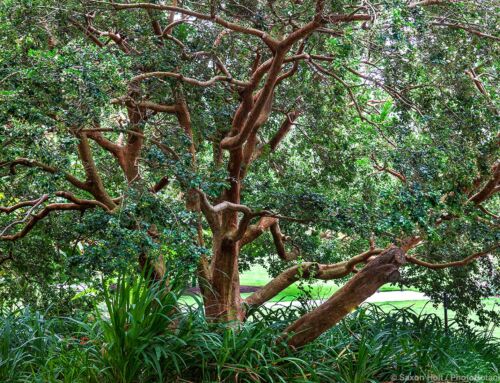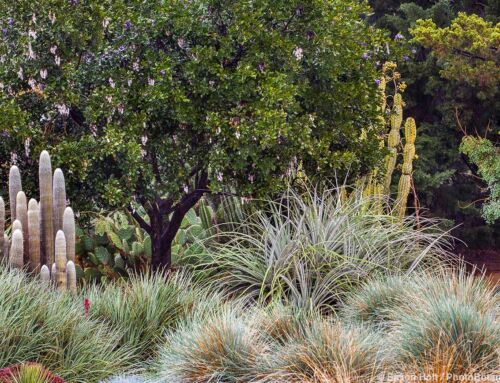Plants that readily establish themselves in wildlands, on vacant city lots, and along rural roadsides typically are adapted to a wide range of environmental conditions. They are long lived, self-sow readily, and produce many flowers over a long season. Some bear abundant crops of fruit loved by birds and other wildlife. In other words, some of the same sorts of plants we seek out for our gardens are those most likely to take over and spread.

Echium candicans, Pride of Madeira, in a California garden
Most plants are not invasive in wildlands or even weedy in gardens. Many plants that seed about freely in gardens do not become invasive in wildlands. Most of those that have invaded natural areas were introduced as promising ornamentals or for practical purposes such as erosion control. Few were accidental introductions.
Government agencies screen out known invaders at points of entry and attempt to identify potentially invasive plants that are already here. Most states maintain lists of their worst invasive weeds and many prohibit their sale, planting, or propagation. Local governments, nonprofit organizations, and citizen volunteers work to control invasive weeds in their communities. “Ivy pulls” and “broom bashings” are common weekend activities.

Carpobrotus chilensis, ice plant, at The Sea Ranch
Despite such efforts, vastly expanded global trade, travel, and transport have significantly increased the threat of new and recurring plant invasions. Introductions no longer have to wait for scientific expeditions to return from faraway lands. Anyone with access to the internet can order plants or seeds from almost anywhere in the world and receive them in a matter of days.
With eradication of the worst weeds increasingly unlikely, most efforts are now turning to early detection and control. It is not always obvious which plants will become a problem. Some garden plants spread into wildlands but do not displace native plants or otherwise damage the natural ecosystem. Others spread invasively only in well-defined environments, such as beach sand along the coast. Many are invasive in some regions or parts of a region but not in others—at least not yet. There can be a long lag time between a plant’s mere presence and its dominance and disruption of the ecosystem.
Experts try to predict which plants will become invasive by answering questions such as these: Is this plant invasive in other areas with a similar climate? Are related plants invasive in any similar climate? Does this plant displace native plants, harm wildlife, or increase fire frequency or intensity in areas where it has established? Does it produce large amounts of viable seed? Are seeds dispersed long distances by birds or other animals? By wind or water? By vehicles or discarded garden waste?

Nassella tenuissima, Mexican feather grass, in a California garden
Because of the major role that gardens have always played in the spread of invasive plants, and because of the continued incursion of cultivated landscapes into wildlands, effective control of invasive weeds now depends heavily on the active participation of gardeners. Start by consulting lists of plants invasive in your area, learn to recognize them, and remove them if you find them on your property. Watch for plants that move from your garden to the garden next door or down the street and consider removing them from your garden as well.
Completely sterile cultivars of otherwise invasive plants may be safe, but some plants marketed as sterile may set small amounts of seed, enough to reproduce themselves. When low seed producers cross with other cultivars or with wild species, their offspring can be capable of spreading widely. If you grow these plants, watch them carefully for any tendency to spread.
[excerpted from Gardening in Summer-Dry Climates]





Leave A Comment